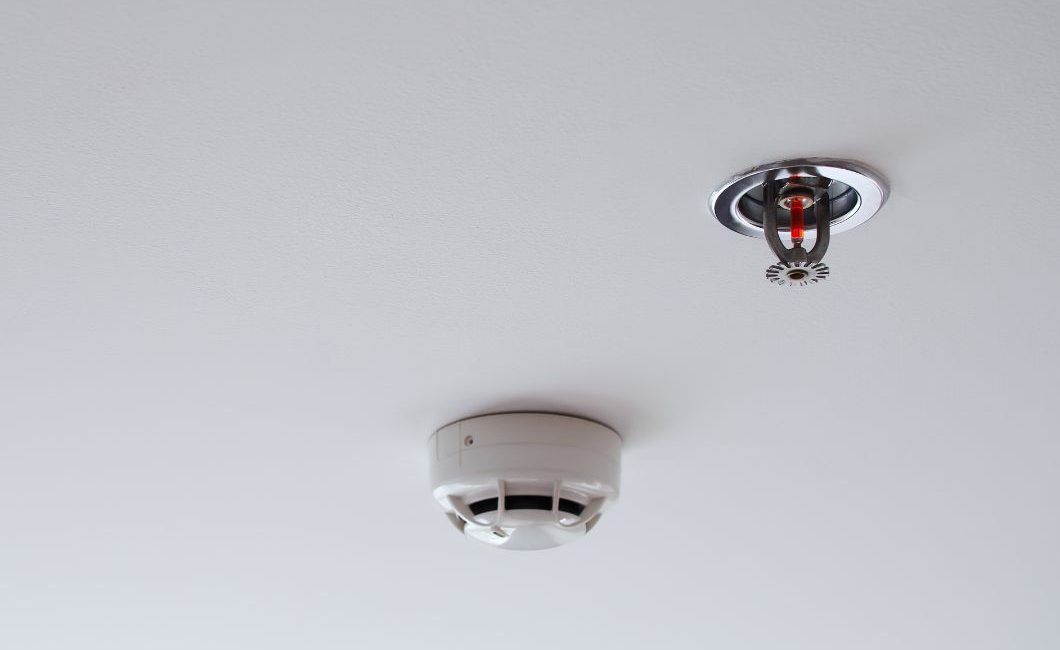
Your home is the source of comfort and shelter for your family, so it’s important to protect it by understanding home fire prevention. The thought of losing your cherished abode to a devastating fire can be chilling. Therefore, knowing fire safety strategies to keep your property and family safe, secure, and ready is essential. Understanding the seriousness of fires and the stakes involved demands our attention and preparation. Keep reading to learn three crucial fire safety strategies all homeowners should know.
Choose Fire-Resistant Building Materials
Choosing the correct materials for fire resistance is crucial if you’re building a new home or planning renovations. Homeowners must recognize and invest in quality materials that offer stability and protection in case of a fire incident. Some common fire-resistant materials to consider include:
- Fire-retardant treated wood
- Concrete and masonry
- Gypsum wallboard
- Fire-resistant glass
You may also want to consider fire-resistant paint to offer an additional layer of protection for your home. While constructing or renovating your home, collaborate with experienced contractors or building material suppliers who can guide you in selecting the best fire-resistant options appropriate for your home’s design and location.
Regularly Inspect Fire Detectors and Extinguishers
Fire detectors alert you of flames while helping to control the spread of fire. Regular inspection and maintenance of these devices is crucial in ensuring their functionality during emergencies. Start by setting a quarterly inspection schedule for fire detectors, checking for damages or malfunctions. Replace the batteries at least once a year and remember to replace the entire unit every ten years.
Experts recommend keeping one extinguisher per floor of your home, with additional units in high-risk spaces such as the kitchen and garage. Regular inspections and proper servicing of fire extinguishers ensure they’re always primed for emergencies.
Understand Fire Risks Throughout Your Home
Every home has specific fire risks that homeowners must identify and address. Familiarize yourself with the potential hazards in various areas of your home and develop a prevention plan accordingly. For example, overloaded power strips and outlets, damaged electrical cords, unattended candles and cooking appliances, and improper storage of flammable liquids are all common household hazards.
Homeowners can reduce the likelihood of experiencing a devastating home fire by understanding the risks and taking preventive measures. Regularly inspect your home for hazards, and don’t forget to establish and practice an emergency escape plan with your family.
Our homes are our sanctuaries, and ensuring their safety should always be a top priority. You’re actively taking the necessary steps toward safeguarding your loved ones and your property against fire hazards by diligently following these fire safety strategies all homeowners should know.












